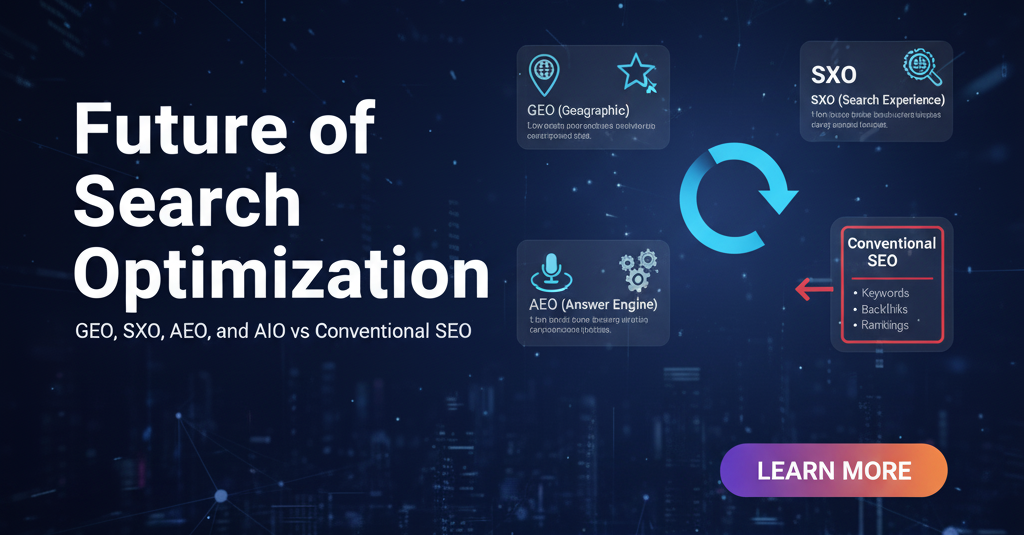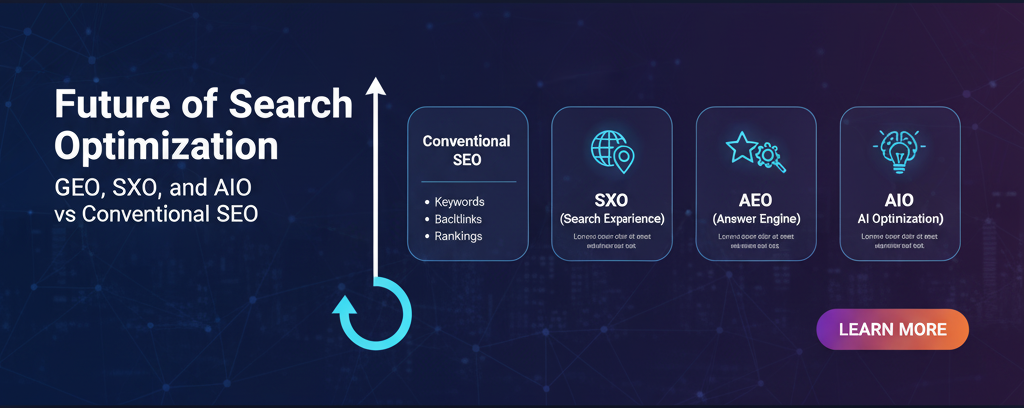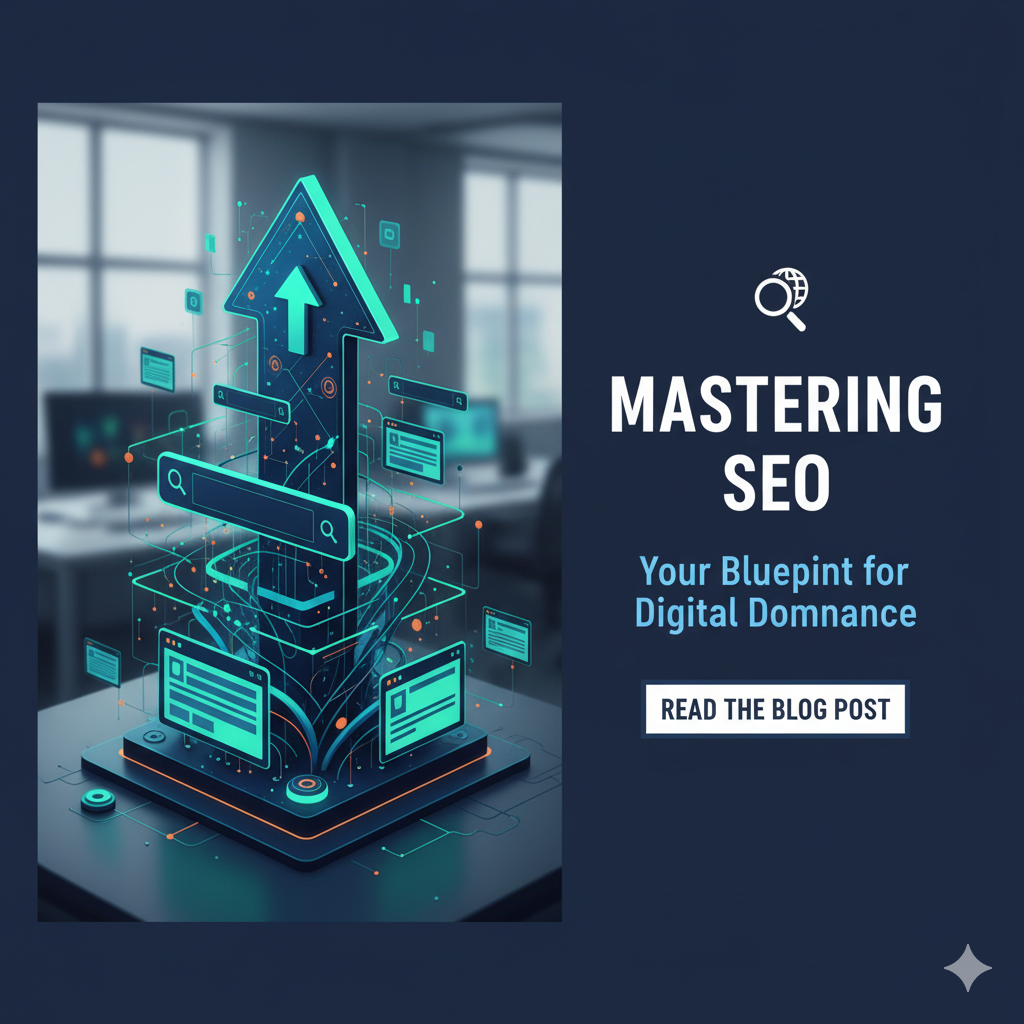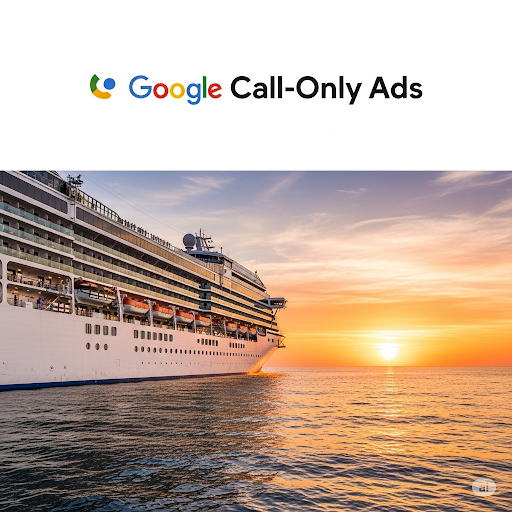Synopsis: Discover the evolution of search optimization beyond conventional SEO. Learn how GEO, SXO, AEO, and AIO reshape local visibility, user experience, featured snippets, and AI-driven results for modern search engine marketing.
Search optimization has never been more dynamic than it is today. While conventional SEO techniques like keyword targeting, backlinks, and on-page optimization remain foundational, the rise of new frameworks—GEO, SXO, AEO, and AIO—shows how search engine marketing is evolving to match both human and machine expectations.
In this blog, we’ll take a deep dive into each of these advanced methodologies, explore how they compare to conventional SEO, and understand why businesses need to adopt them to thrive in a world shaped by AI-driven search engines.

1. Understanding Conventional SEO: The Foundation of Search Optimization
For years, SEO has been built on a few core pillars: Search Optimization
- Keyword Optimization: Placing target keywords in titles, meta descriptions, headers, and content.
- On-Page SEO: Optimizing internal linking, meta tags, images, and page structure.
- Off-Page SEO: Building backlinks, citations, and digital PR campaigns.
- Technical SEO: Site speed, mobile-friendliness, crawlability, and indexability.
- Content Marketing: Creating blogs, articles, and guides targeting keyword-driven queries.
While these methods still work, they were designed for a keyword-first search engine era. Search engines have now evolved into answer engines and AI-powered assistants, shifting the focus toward context, intent, and experience.
This is where GEO, SXO, AEO, and AIO come into play. Search Optimization
From Keyword-First Search Optimization to Context
For years, businesses have relied on traditional Search Optimization strategies to climb the rankings on Google and other search engines. The foundation of these methods rested on several key pillars that, when executed correctly, delivered visibility and traffic.
The Core Pillars of Traditional SEO: Search Optimization
- Keyword Optimization – At the heart of early SEO was the placement of target keywords in page titles, meta descriptions, headers, and throughout the body of content. If you could identify high-volume keywords and use them effectively, you stood a strong chance of ranking.
- On-Page SEO – This involved optimizing page elements such as internal linking, meta tags, image alt texts, and URL structures. The goal was to make web pages as accessible and understandable to search engines as possible.
- Off-Page SEO – Backlinks, citations, and digital PR campaigns were used to signal authority and credibility. A site with more quality links was often rewarded with higher rankings.
- Technical SEO – Ensuring websites loaded quickly, were mobile-friendly, crawlable, and indexable was another essential layer. This gave both users and search engines a smoother experience.
- Content Marketing – Creating keyword-targeted blogs, articles, and guides helped capture search intent while also positioning brands as thought leaders.
For over a decade, these techniques formed the backbone of digital strategy. They still matter today—but the environment has shifted dramatically.
Why Traditional Search Optimization Alone Is No Longer Enough
The keyword-first model of SEO was effective when search engines primarily operated as information retrieval systems. You searched, Google displayed ranked pages, and you clicked through to find your answer.
But the modern user no longer wants to sift through 10 pages of blue links. Instead, they expect direct answers, personalized recommendations, and seamless experiences. Search engines themselves have evolved—becoming more like answer engines and AI-powered assistants than simple directories of links.
This evolution has shifted the focus from pure keyword placement to context, intent, and user experience. That’s where the next generation of optimization strategies—GEO, SXO, AEO, and AIO—comes in.
The New Pillars of Advanced Search Optimization
- GEO (Geographic SEO) – Local visibility is now a crucial factor for businesses with physical locations or service areas. Optimizing for Google Business Profile, local map packs, and location-based queries ensures you capture users searching with “near me” intent. GEO focuses on hyper-local targeting, reviews, and NAP consistency, which traditional SEO often overlooks.
- SXO (Search Experience Optimization) – Instead of optimizing only for algorithms, SXO puts the user experience at the center. Core web vitals, fast load times, mobile responsiveness, and intuitive design now play a huge role in rankings. Beyond technical aspects, SXO ensures content is aligned with user intent—helping visitors find answers quickly and stay engaged.
- AEO (Answer Engine Optimization) – With the rise of featured snippets, “People Also Ask” boxes, and voice assistants, businesses must format content so it can be pulled as a direct answer. Using schema markup, FAQ sections, and structured content makes your site the go-to resource when search engines or AI tools deliver answers.
- AIO (AI Output Optimization) – The latest frontier in search. With AI-driven search engines and generative AI assistants, businesses need to structure content so AI can reference it in summaries. Authoritative, well-cited, and contextually rich content has a better chance of being used in AI-generated answers. This is less about ranking #1 on a SERP and more about being the source AI trusts.

The Shift: From Keywords to Context and Experience
While traditional SEO is still the foundation, it was built for a keyword-first era. Today, businesses must think in terms of entity optimization, intent-matching, and multi-platform visibility. Search Optimization
- GEO ensures you’re found in local searches.
- SXO ensures your site delivers a seamless experience.
- AEO ensures your content is visible in direct answers and snippets.
- AIO ensures your brand isn’t left out of AI-driven search results.
In short, the rules of the game have changed. Businesses that continue relying solely on outdated keyword tactics will struggle, while those who adopt GEO, SXO, AEO, and AIO will dominate the new era of Search Optimization.
2. GEO (Geographic Search Optimization): Winning Local Visibility
What is GEO?
GEO focuses on enhancing a brand’s local search visibility, ensuring it appears in Google Map Packs, local directories, and hyper-local search results.
Key Elements of GEO:
- Google Business Profile (GBP) Optimization: Complete business information, reviews, images, and regular updates.
- Local Citations: Consistent NAP (Name, Address, Phone number) across directories.
- Localized Content: City or neighborhood-specific pages and blogs.
- Map Pack Optimization: Encouraging reviews and using local keywords.
Why GEO Matters Today?
Users increasingly search for “near me” services. Google has integrated AI with local search intent recognition, showing the most relevant businesses near the user’s location. Without GEO, even the best website may not appear in local searches.
GEO vs Conventional SEO:
- Conventional SEO: Focused on global or national keywords.
- GEO: Targets location-specific search queries, increasing foot traffic and local conversions.
3. SXO (Search Experience Optimization): The User-Centric Evolution
What is SXO?
SXO takes SEO a step further by merging search optimization with user experience design (UX). It’s not enough to rank—you need to delight users once they land on your site.
Key Elements of SXO:
- Core Web Vitals: Page speed, mobile responsiveness, and interactivity.
- User Journey Optimization: Easy navigation, clear CTAs, and intuitive design.
- Content Relevance: Matching searcher intent with tailored, engaging, and interactive content.
- Engagement Metrics: Reducing bounce rate, improving dwell time, and increasing conversion rates.
Why SXO Matters Today?
Google’s ranking system now rewards user engagement signals. With AI-driven updates like Search Generative Experience (SGE), search engines prioritize websites that offer both answers and superior experiences.
SXO vs Conventional SEO:
- Conventional SEO: Optimized primarily for algorithms (keywords, meta tags).
- SXO: Optimized for both algorithms and humans, focusing on engagement and satisfaction.
4. AEO (Answer Engine Optimization): The Battle for Snippets
What is AEO?
Answer Engine Optimization is the practice of optimizing content to appear in featured snippets, “People Also Ask” sections, voice searches, and AI-generated responses.
Key Elements of AEO:
- Direct Answers: Clear, concise responses to common queries.
- Structured Data: Schema markup for better context.
- FAQ Content: Targeting conversational and question-based searches.
- Snippet-Friendly Formatting: Bullets, numbered lists, and tables.
Why AEO Matters Today?
AI-driven platforms like ChatGPT, Bard, and Perplexity are pulling answers directly from structured content. If your website is optimized for AEO, it has a higher chance of becoming the default cited source.
AEO vs Conventional SEO:
- Conventional SEO: Aims for first-page rankings.
- AEO: Aims for position zero—featured snippets and AI responses.
5. AIO (AI Output Optimization): Preparing for Generative Search
What is AIO?
AIO (AI Output Optimization) is the cutting-edge practice of optimizing your brand for AI models and generative search engines.
Key Elements of AIO:
- Content for AI Summarization: Creating structured, fact-rich, and well-referenced content.
- RAG (Retrieval-Augmented Generation) Optimization: Ensuring your content can be retrieved by AI systems for citation.
- Entity Optimization: Building authority through linked mentions in structured knowledge bases.
- Conversational Content: Writing in a way that mimics natural question-and-answer interactions.
Why AIO Matters Today?
As AI-driven search results replace traditional SERPs, businesses need to ensure their content is AI-ready—so when a user asks a generative AI, your site becomes the cited authority.
AIO vs Conventional SEO:
- Conventional SEO: Built for keyword ranking.
- AIO: Built for AI-driven discovery and answer generation.
6. GEO, SXO, AEO, and AIO vs Conventional SEO: A Detailed Comparison Search Optimization
| Benefits | SEO | GEO | SXO | AEO | AIO |
|---|---|---|---|---|---|
| Focus | Keywords & backlinks | Local visibility | User experience | Featured snippets | AI model outputs |
| Goal | Rank higher on SERPs | Dominate local search & maps | Enhance engagement & conversions | Capture position zero | Become AI-cited authority |
| Content Type | Blog posts, guides | Local landing pages, GMB updates | UX-focused, interactive content | FAQ, lists, concise answers | Structured, AI-readable content |
| Optimization | Algorithm-centric | Location-centric | User-centric | Question-centric | AI-centric |
| Future Relevance | Still foundational | Growing | Essential | Critical | Game-changing |
7. How Businesses Can Transition from Conventional SEO to Advanced Search Optimization
- The digital landscape is shifting rapidly, and businesses that want to stay ahead must transition from relying solely on conventional SEO to embracing more advanced approaches such as GEO, SXO, AEO, and AIO. This transition doesn’t mean abandoning traditional strategies like keyword research, backlinks, or technical SEO; instead, it means building on these foundations to align with the way people—and now AI—interact with search.
- Start with GEO: For local businesses, the first step is to claim and optimize your Google Business Profile (GBP). This includes ensuring your name, address, and phone number (NAP) are consistent across all platforms, uploading high-quality photos, collecting customer reviews, and updating business hours or special offers regularly. By focusing on GEO, you can capture local searchers who are ready to convert, especially those searching for “near me” services. This is critical for restaurants, clinics, plumbers, and other service-based companies.
- Move into SXO: Once visibility is addressed, the next step is to enhance search experience optimization. Google rewards websites that provide not just answers, but also a seamless user journey. This means improving website speed, ensuring mobile responsiveness, and designing intuitive navigation. By auditing your site for core web vitals and aligning content with user intent, you create an experience that encourages visitors to stay longer and take action.
- Adopt AEO: As search evolves into answer engines, businesses should focus on winning featured snippets, FAQ sections, and “People Also Ask” placements. Implementing schema markup, creating question-and-answer content, and formatting text into bullet points or tables make it easier for search engines to pull your content as a direct answer. This positions your brand as an authority and secures visibility beyond standard rankings.
- Prepare for AIO: The rise of AI-driven search means that content must be AI-friendly. This involves publishing well-structured, fact-based, and authoritative articles that AI models can reference when generating responses. Ensuring credibility through citations, using entity optimization, and aligning with retrieval-augmented generation (RAG) strategies increases your chance of being cited by AI search tools.
- Blend Techniques: Importantly, businesses should not abandon conventional SEO. Keywords, backlinks, and technical foundations remain vital. The future of search optimization lies in blending conventional SEO with GEO, SXO, AEO, and AIO—creating a strategy that is both algorithm-friendly and human-centered.
8. Why AI Is Redefining: Search Optimization
- Traditional Search Optimization vs. New SEO (AIO + AEO)
- For nearly two decades, traditional SEO has been the foundation of digital marketing. It revolves around optimizing for Google’s algorithm—using keyword research, backlinks, meta tags, technical improvements, and content creation to climb higher on search engine results pages (SERPs). The goal has always been clear: rank on page one, because that’s where the majority of clicks happen. While these tactics remain relevant, the way users consume search results is changing, forcing businesses to rethink their strategies.
- The rise of New SEO, driven by AIO (AI Output Optimization) and AEO (Answer Engine Optimization), is transforming the search landscape. Instead of focusing only on ranking webpages, businesses must now optimize for AI assistants, voice search, and generative search tools like ChatGPT, Google’s SGE, or Bing Copilot. AEO ensures your content is structured in a way that makes it easy for search engines and AI to extract direct answers—through featured snippets, FAQ sections, and schema markup. Meanwhile, AIO takes this further by ensuring content is authoritative, credible, and context-rich, so that AI systems will cite or summarize it when delivering responses.
- The future trend is clear: users won’t scroll through multiple SERPs looking for information. Instead, they will increasingly trust AI-generated summaries that compile answers from multiple sources into one digestible response. This behavior shift reduces the visibility of traditional listings and amplifies the importance of being referenced by AI-driven tools.
- For businesses, this means adaptation is no longer optional. Those who invest early in AI-friendly content, structured data, and experience-driven SEO will dominate the next generation of search engine marketing. Just as the first adopters of traditional SEO outpaced competitors years ago, today’s early movers in AIO and AEO will capture disproportionate visibility and trust in the AI-powered search era.
Best Free SEO Tools: Search Optimization
| Tool | What It Does Well | How It Helps with GEO, SXO, AEO, AIO, & Traditional SEO |
|---|---|---|
| Google Search Console (GSC) | Tracks your site’s presence in Google Search: which queries bring traffic, impressions, clicks, etc. Also helps identify indexing issues, mobile usability, and more. Backlinko | Helpful for ensuring content is well structured (AEO), metadata is correct, headings, images alt text etc. Also good for core web vitals / SXO. |
| Google Analytics | Traditional SEO: keyword & ranking insights, technical SEO (crawl errors, mobile usability). GEO: helps with local search queries. AEO/AIO: You can check which queries generate impressions (including “people also ask” etc.) and optimize content accordingly. | Helps with SXO heavily — understanding how users experience your site. If users leave quickly, you know the UX/content needs improvement. Also helps identify high-performing pages for content strategy (AIO). |
| Tracks visitor behavior: traffic sources, bounce rate, time on page, conversion paths, etc. | Google PageSpeed Insights/web.dev | Very useful for SXO and technical SEO. A fast site = better user experience and better chances for ranking and being favored by AI search engines. |
| Ahrefs Free SEO Tools | Evaluates page speed, core web vitals (LCP, CLS, FID/INP), and gives suggestions to improve. Wikipedia | Great for keyword research (traditional SEO & AEO), understanding competition, and checking backlink profile. Helps you build content that is more likely to be cited. |
| SE Ranking — Free Tools | Keyword generator, site explorer (limited), backlink checker, SERP checker, etc. Ahrefs | Useful for auditing your site and fixing what may prevent good performance: slow loading, structure issues, broken links, etc. Good for SXO and traditional SEO. |
| Seobility SEO Checker | Has free tools for website audits, rank tracking (limited), competitor analysis, etc. SE Ranking | Useful for monitoring how you perform over time. Helps with SXO, checking which pages perform well, and which need speed/content improvements. Also helps with GEO (checking local ranks) if the tool supports it. |
| SEOptimer | Similar to Google Search Console but for Bing. Allows you to submit sitemaps, inspect indexing, analyze search performance, etc. Wikipedia | Free SEO audit — gives a detailed analysis across many website data points, with actionable suggestions. SEOptimer |
| Bing Webmaster Tools | Simple keyword suggestion tool that takes queries from multiple sources (Google, YouTube, Amazon, etc.) to show autocomplete suggestions. Wikipedia | Scans any page/website for on-page SEO issues, technical issues, meta tags, structure, etc. Seobility |
| Soovle | Having your site well-indexed in multiple search engines is helpful for reach. Also, Bing’s search may feed into some AI tools / generative search outputs. | Scans any page/website for on-page SEO issues, technical issues, meta tags, structure etc. Seobility |
FAQs: Search Optimization
Q1. Is conventional SEO still relevant in 2025?
Yes. Conventional SEO provides the foundation—keywords, backlinks, and technical SEO still matter. But advanced methods like GEO, SXO, AEO, and AIO make optimization future-ready.
Q2. How is AIO different from AEO?
AEO focuses on optimizing for snippets and direct answers, while AIO ensures your content gets pulled and cited in AI-generated responses.
Q3. What’s the fastest way to improve local search optimization?
Start with Google Business Profile optimization, gather reviews, and create city-focused landing pages.
Q4. How can I optimize for AI search today?
Focus on structured content, fact-based articles, schema markup, and building authority through citations.
Q5. Will AI kill Search Optimization?
No. AI won’t kill SEO; it will transform it. Businesses must evolve their strategies to match new discovery methods.
ALSO READ:
Top 7 Website Design Software & Website Builders in 2026 (With Pricing & Pros/Cons)
8 Best SEO Chrome Extensions in 2026 to Boost Rankings & Research
Final Thoughts
Search optimization is no longer about chasing rankings—it’s about being visible, usable, and authoritative in an AI-driven landscape. GEO brings local dominance, SXO ensures user delight, AEO captures snippets, and AIO secures your place in the generative search landscape.
By combining conventional Search Optimization foundations with these advanced strategies, businesses can future-proof their digital presence and thrive in the new era of search engine marketing.











Leave a Reply